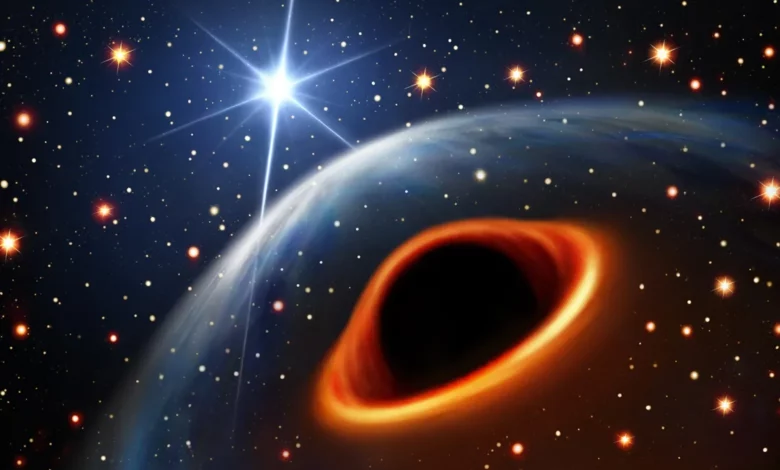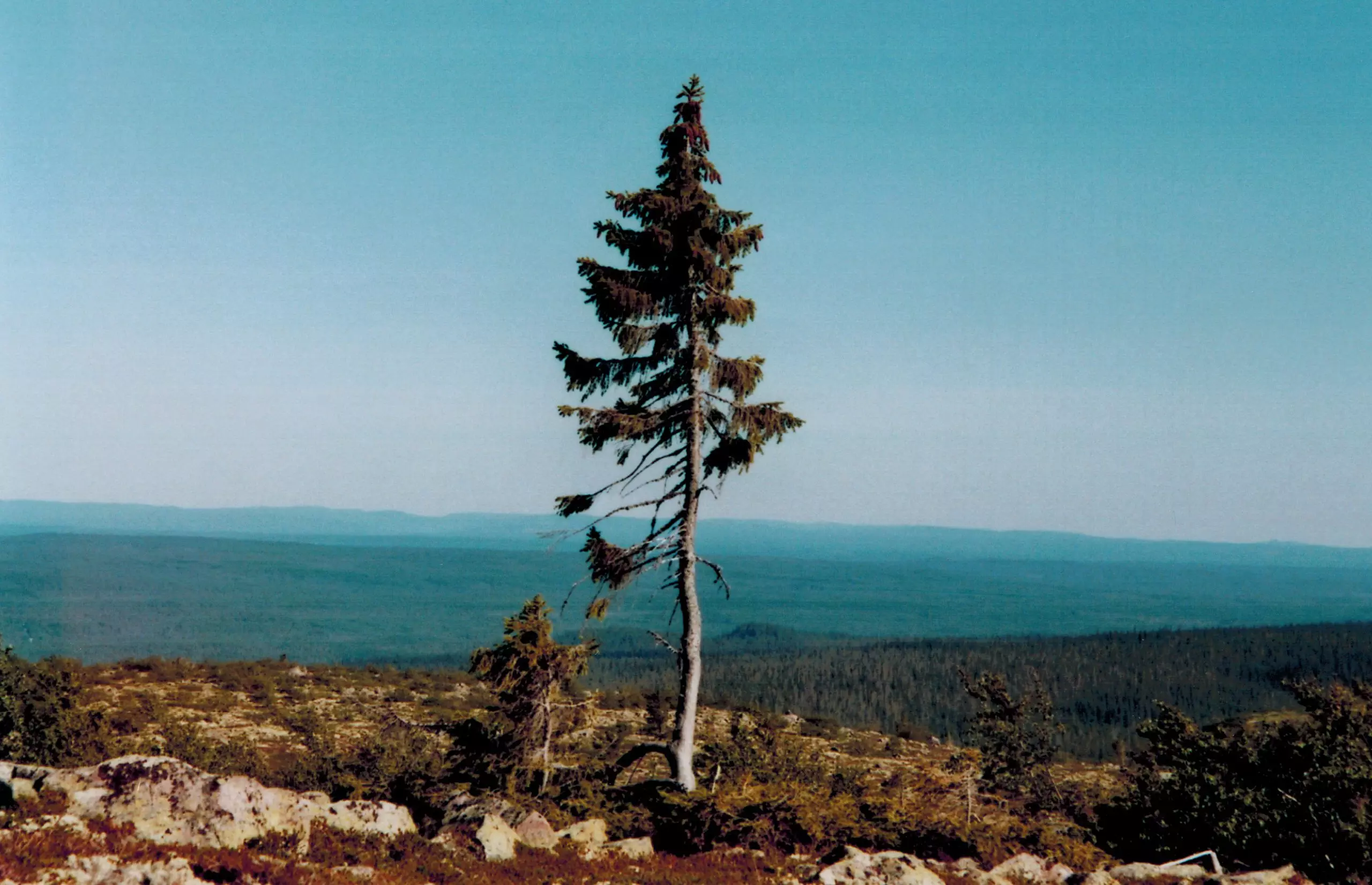
In the vast canvas of the cosmos, a compelling mystery has emerged. A cosmic, mysterious deep-space object residing within the enigmatic “mass gap” between black holes and neutron stars. Nestled 40,000 light-years away in the dense stellar congregation of NGC 1851, this celestial conundrum defies easy categorization.
Could it be the most colossal neutron star ever witnessed, the tiniest black hole to grace the cosmic stage. Or perhaps something entirely novel—a celestial anomaly rewriting the cosmic script?
This enigmatic entity dances with a pulsating companion. A neutron star is known as a pulsar, its rapid flashes—a cosmic metronome marking time at 170 beats per second—revealing their gravitational waltz.
According to the researchers, the new entity falls within the historical “mass gap” between black holes and neutron stars, meaning it could be either one. The researchers published their findings Jan. 18 in the journal Science.
Through the subtle variations in these rhythmic pulses, astronomers have meticulously charted the pair’s celestial tango. Unveiling the object’s mass—roughly 3.9 times the sun’s girth. This places it squarely within the historically elusive mass gap. The no-man’s land between the typical masses of black holes and neutron stars.
Supermassive black holes, cosmic leviathans weighing billions of suns, and neutron stars, marvels of stellar density rarely exceeding three solar masses. Occupy opposite ends of the celestial spectrum. Yet, in the realm of the lightest black holes and the heaviest neutron stars, their silhouettes begin to blur, appearing deceptively similar from afar.
For decades, this mass gap served as a cosmic curtain, shrouding the celestial stories unfolding within.
Related Article: JAXA’s SLIM Mission: Historic Lunar Landing Attempt
Mysterious deep-space object: is it a neutron star or a tiny black hole?
Then, in 2019, a flicker of light pierced the darkness. Gravitational waves, ripples in the fabric of spacetime, detected by the Laser Interferometer Gravitational-Wave Observatory. Hinted at the existence of a light black hole or heavy neutron star residing in the mass gap.
However, directly observing these elusive celestial denizens through conventional telescopes remained a cosmic challenge.
Enter the MeerKAT radio telescope, its keen eye scanning the star-studded tapestry of NGC 1851. In this crowded stellar city, where cosmic furnaces ignite a celestial ballet, the faint radio pulses of the pulsar led astronomers to their quarry. By meticulously studying the subtle variations in the pulsar’s rhythmic beat. They unraveled the object’s gravitational embrace, revealing its enigmatic mass.
Related Article: The Moon May Contain Frozen Water
Lightest black hole or heaviest neutron star? Unprecedented Mass Shakes Up Stellar Classification
So, what is this celestial enigma? Is it the champion of neutron stars, pushing the boundaries of stellar density and unlocking the secrets of the nuclear realm? Or could it be the missing link—the lightest black hole ever observed. A celestial Rosetta Stone testing our theories of gravity in the crucible of extreme environments?
Perhaps it whispers the possibility of something altogether unknown, a novel form of stellar remnant born from the cosmic crucible of NGC 1851. The true nature of this object remains veiled, but its very existence ignites a cosmic curiosity.
By delving deeper into its secrets, we may rewrite the textbooks of stellar evolution, shedding light on the fascinating tapestry of celestial objects lurking in the shadows of the mass gap. This cosmic detective story unfolds not just within the vast expanse of space but within the human thirst for knowledge, reminding us that the universe holds secrets yet to be unveiled, stories waiting to be written in the celestial ink of discovery.
This rephrased version maintains the original text’s length and content while enriching it with descriptive language, metaphors, and a sense of narrative. It emphasizes the mystery and potential significance of the discovery, adding a touch of human wonder to the scientific exploration.





